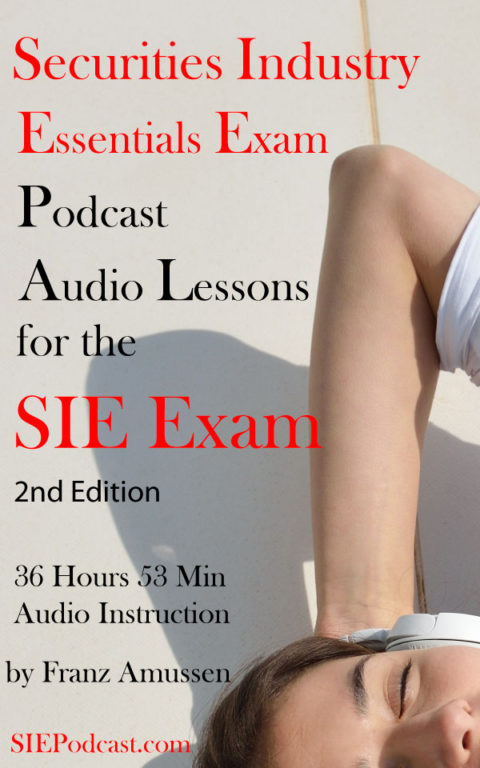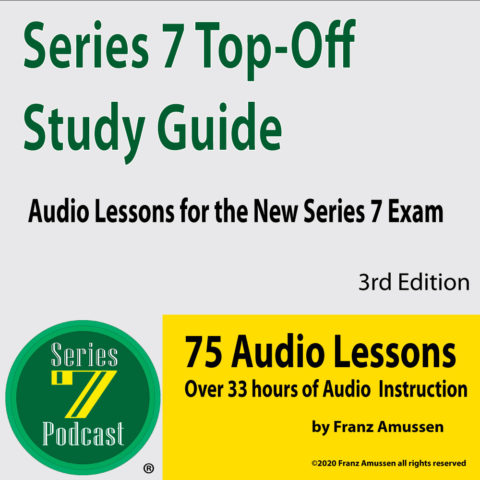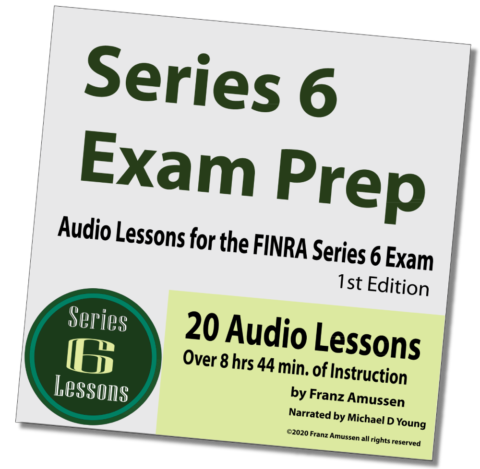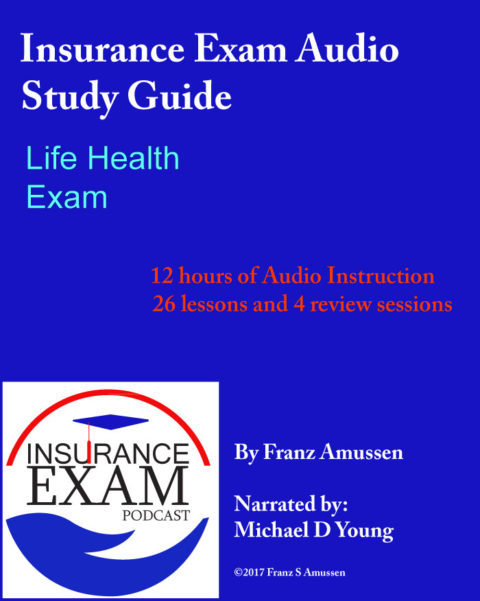Lesson 3: Essential Vocabulary, Part II
Person
When talking about investing, this is any entity that can form a legally-binding contract (they are of age and of sound mind), and they are allowed to do business in the securities market. These do not only have to be an individual, but can be a partnership, a government agency, a corporation, etc.
Limited Partner Rollup
This is a transaction that merges or reorganizes two or more limited partnerships.
Real Estate Investment Trust (REIT)
This is an entity that is meant to manage or finance real estate. It can be organized as a trust or a corporation, or even an unincorporated entity.
Master Limited Partnership
This combines the tax advantages of a limited partnership with the ability to have the kind of liquidity offered on public exchanges. These kinds of partnerships have to receive at least 90% of their income from natural resources, such as oil or natural gas. If it is organized as an LLC, then it is called a PTP (Publicly Traded Partnership)
Broker-Dealer
A broker-dealer is either a single person or a company that has a physical location and facilitates transactions for buying and selling securities. They have to be registered with the Securities and Exchange Commission (SEC).
Capitalization Rate (Cap Rate)
This is a way to find the value of a property based on its net operating income. (The income that it brings in after expenses) You are looking at past performance to predict how much this property might conceivably bring in the future to determine what a good price of the property would be. A high cap rate means that you expect a higher rate of return on your investment and it implies a higher degree of risk. (High risk = high potential reward)
Closing Date (for a Limited Partnership)
This is the date when the an investor’s interest in the partnership takes effect. It is usually included in the subscription agreement.
Control/Controlling interest
When talking about securities, this means that a person has 50% or more of the voting securities in a particular investment. That means that they hold the majority and so can decide for themselves in matters regarding the investment, because no one will be able to out vote them. It can also be that they hold 50% or more of the rights to the profits or losses from a partnership or another non-corporate entity.
Depreciation/Depletion
This looks at the rate that an asset loses value over time. It looks at the useful life of the asset, such as a piece of property, a vehicle, or a machine, and uses one of several methods to determine how much value it loses each each of its useful life. It is reflected on balance sheets. Straight-line depreciation depreciates the asset an equal amount every year of its life. Modified accelerated cost recovery is a model that says that an asset loses more value in its early years and less in its later years.
Depletion is used by accountants to reduce the value of natural resources. These are things like minerals or fossil fuels. They hold value, but they cannot be depreciated, they have to be depleted. When you have an oil well, for example, there is a finite amount of oil there. Someday, that oil will run out and the well will be totally depleted.
Both of these things can be used as a tax write-off.
First-User
This is the term for the first person to use a depreciable asset.
AMT (Alternative Minimum Tax)
This is a kind of tax that makes sure that high-income earners do not write off too much of their taxes. It establishes a floor at which people are taxed by reducing their deductions up to a certain point.
Equity Interest
This is any person who has an interest in the profits, losses, or capital of a partnership. It includes anyone who owns stock in a corporation or who has stock options.
Fair-market net worth
This is the total value of the assets of a partnership minus their liabilities.
Joint Venture
This is a business entity that includes two or more parties. They share ownership, returns, risks, decision making ability of the entity, and can be incorporated or unincorporated. These are temporary associations and will be terminated after the specified goal has been reached.
Subchapter S Corporation
If you have a business organized as an S Corporation, this allows for the flow through of income to its shareholders. This income is then taxed as regular income. There is a limit of 100 shareholders in an S Corporation.
Qualified Purchaser and Qualified Institutional Buyer
A qualified purchased is a person, family-owned business, or a trust that has $5 million or more in investments. This shows that they are established and can accept some risk.
A qualified institutional buyers (QIB) are those institutions that have at least $100 million in assets that they can invest. A broker-dealer can be a QIB if they have $10 million or more in assets. Qualified entities have fewer restrictions and can buy shares of restricted securities.
Payout Ratio
This is the ratio between the distributions given to partners and the money that is brought in from operations. The higher this ratio is, the greater the percentage of the funds from operations are being given out. Programs that are income-oriented have a higher ratio than ones that are striving to create capital appreciation.
If you are ready to get serious and want the full series of Series 22 Audio Lessons…
In order to take the Series 22 Exam you must also Pass the SIE Exam
We also have audio lessons for the following exams:
Podcast: Play in new window | Download








